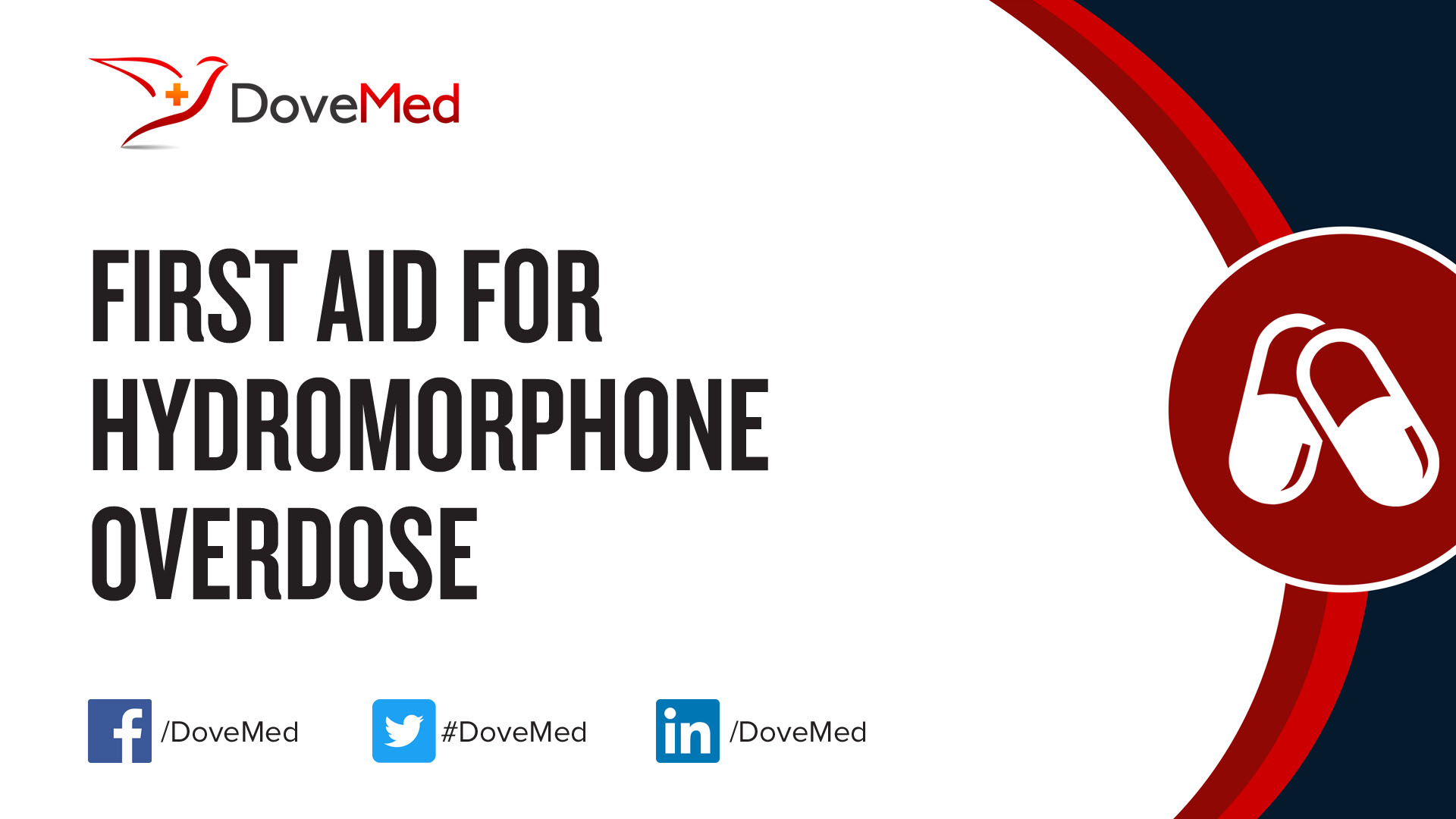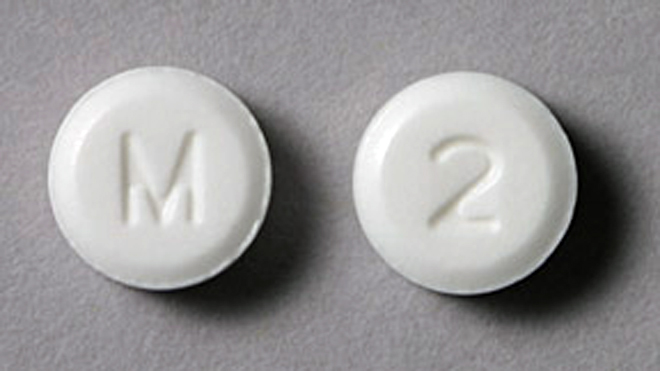

Any duplication or distribution of the information contained herein is strictly prohibited without authorization. Links to other sites are provided for information only - they do not constitute endorsements of those other sites. A licensed physician should be consulted for diagnosis and treatment of any and all medical conditions. The information provided herein should not be used during any medical emergency or for the diagnosis or treatment of any medical condition. This site complies with the HONcode standard for trustworthy health information: verify here. Learn more about A.D.A.M.'s editorial policy editorial process and privacy policy. is among the first to achieve this important distinction for online health information and services. follows rigorous standards of quality and accountability. is accredited by URAC, for Health Content Provider (URAC's accreditation program is an independent audit to verify that A.D.A.M. One of the novel potential solutions, in addition to the antidote Narcan, is the development. The nurse must carefully monitor respiratory rate to ensure the patient doesn’t fall back into respiratory depression.A.D.A.M., Inc. Oxycontin, hydromorphone (Dilaudid), and even heroin.

Often multiple doses will be required.Morphine, oxycodone, and hydromorphone, all opioid analgesics, are known to constrict the. Reverses the effects of opioid overdose (respiratory depression, sedation, hypotension) Which of the following is an antidote to opioid overdose.When giving via IV push, administer over 2-3 minutes to avoid pruritus, as well as nausea and flushing.Patients can take the drug with food to reduce GI irritation with orally-administered opioids.Pinpoint pupils can indicate opioid overdose.Advise patient to rise slowly to avoid sudden drop in blood pressure.Opioids dilate peripheral blood vessels and can cause hypotension that is most noticeable upon standing.Do not take opioids with other CNS depressants (e.g.post-op) use NSAIDs like ketorolac instead Avoid in patients with paralytic ileus (e.g.Tolerance does NOT develop to this side effect.Increase fiber and fluid intake in diet.Patient will often be prescribed a mild laxative to be taken as needed.Use opioids with caution in people with these risk factors: elderly, underlying pulmonary disease, obesity, history of smoking, history of snoring, opiate naive, and post-surgery.Respiratory rate should be above 12 breaths per minute. Symptoms of withdrawal syndrome include irritability, nausea, vomiting, sweating, restlessness, tachycardia, and hypertension.Short-term use of narcotics for acute pain is considered safe and not likely to cause dependence or addiction.Range between schedule I and schedule V controlled substance categories.Pain is best controlled when opioid is given before the pain becomes unbearable.Weak activation of the kappa-opiate receptors to also provide analgesic effect.Primarily bind to the mu-opiate receptors to provide analgesia (pain relief).May also be used as part of an addiction treatment regimen.Drop off any unused narcotic medicine at a drug take-back location right away. Make sure you store the medicine in a safe and secure place to prevent others from getting it. Hydromorphone is approximately 6x more powerful than morphine Hydromorphone can cause serious unwanted effects or fatal overdose if taken by children, pets, or adults who are not used to strong narcotic pain medicines.The antidote of an acute opioid intoxication is naloxone, which can be used to reverse the effects of opioids in the event of an overdose. Other expected side effects include constipation, sedation, orthostatic hypotension, urinary retention, nausea and vomiting, as well as miosis. Research shows that when naloxone and overdose education are. The biggest adverse effect of opioids is respiratory depression, so it’s extremely important to monitor the patient’s respiratory rate throughout treatment. Naloxone is a safe antidote to a suspected overdose and, when given in time, can save a life. Opioids carry a risk of dependence and addiction, but they are considered safe when used as prescribed. Important drug names to know include morphine and the related drug hydromorphone, codeine and the related drugs oxycodone and hydrocodone, tramadol, fentanyl, buprenorphine, and methadone. Summary Opioids are a large class of drugs typically used to treat moderate to severe pain.


 0 kommentar(er)
0 kommentar(er)
